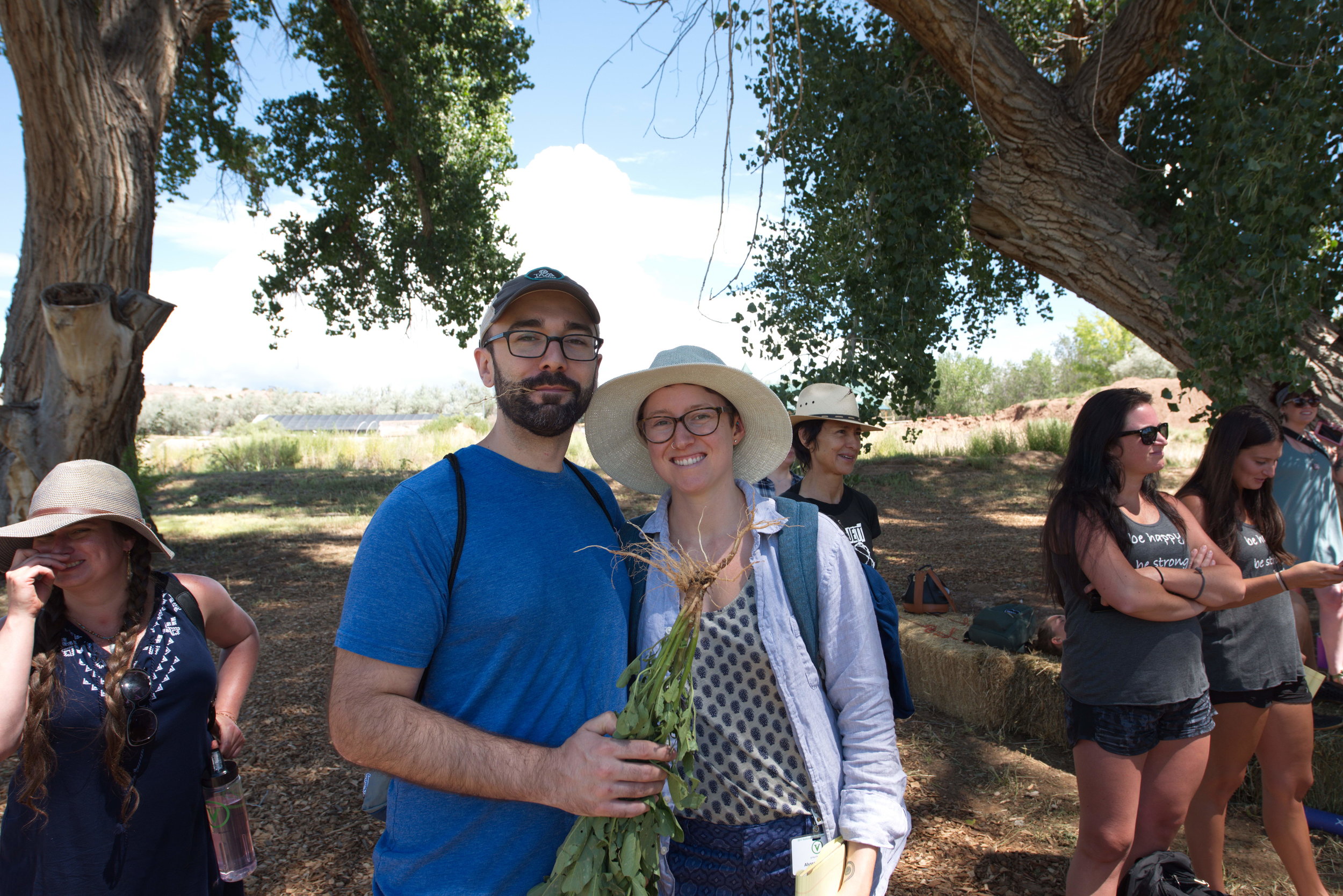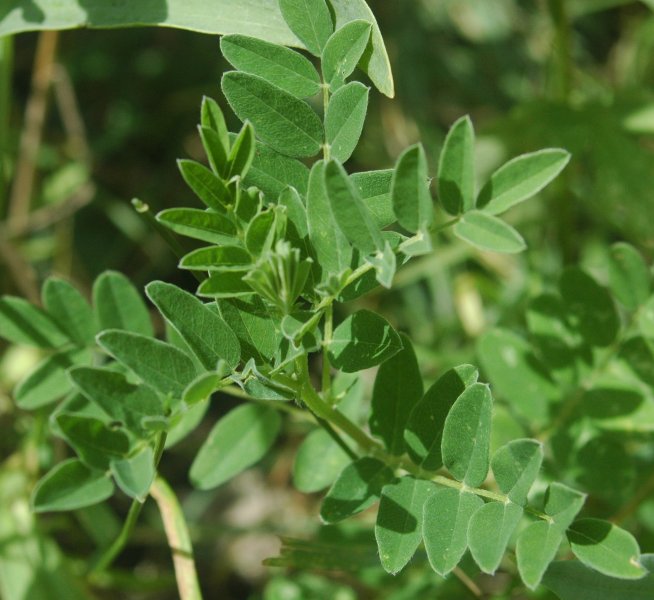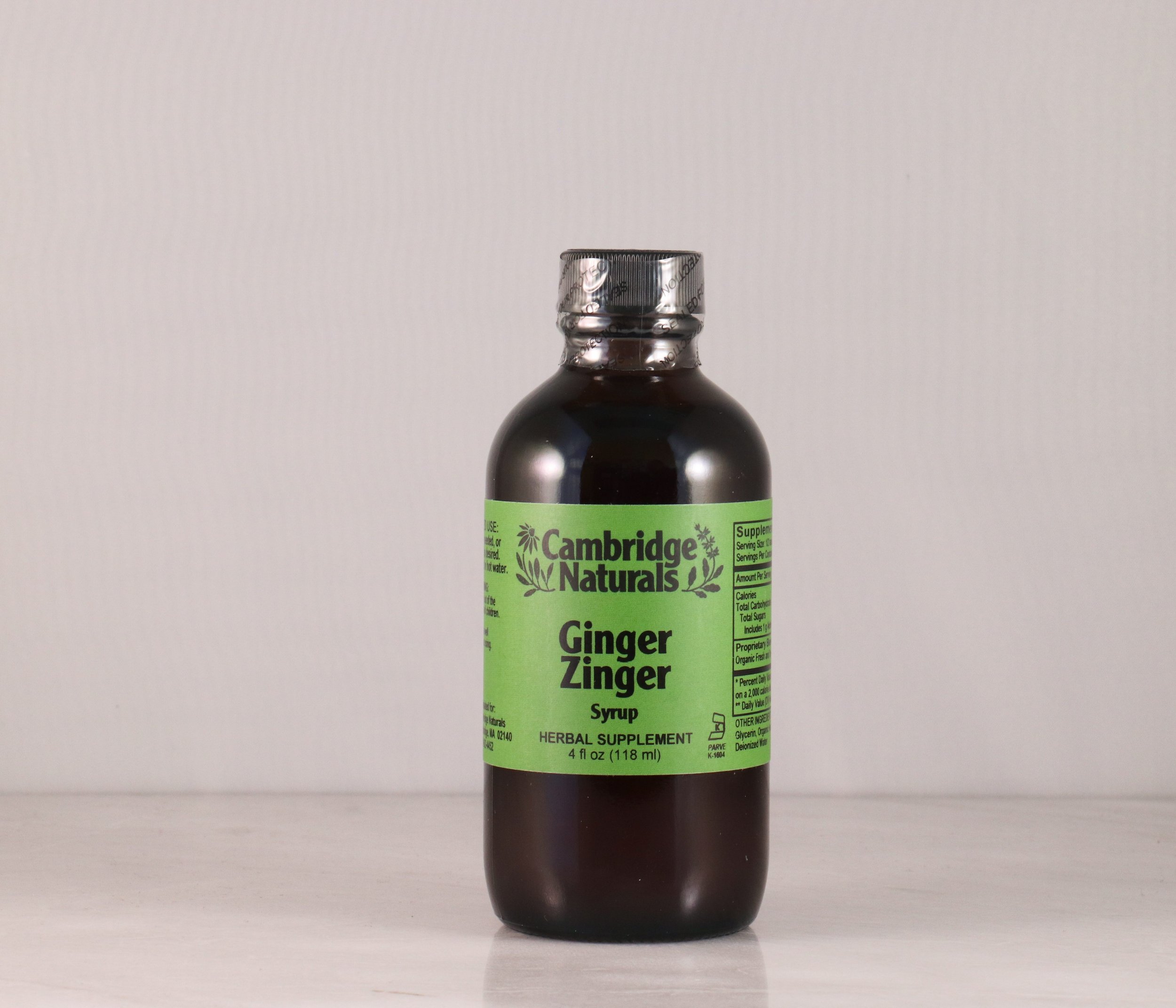By Alyssa, Supplements Buyer + The Naturalist Contributor
Navigating the supplements section in any health food store can be a daunting task, especially when inevitable questions arise. Which brand is really the best? Are the claims on the label accurate? Which dose do I want? Is this a thoughtful and effective formulation? And then, of course, there’s the private label brand: why is it less expensive? Is it generic? Do I have to worry about the quality of the product?
Lucky for our customers, at Cambridge Naturals we do the homework for you, vetting companies and offering only the highest quality supplements on the market today. In addition to the more familiar brands you love, we also pride ourselves on being able to offer you our outstanding private label Cambridge Naturals brand, including our herbal supplements and essential oils, manufactured for us by Vitality Works in Albuquerque, New Mexico. This summer, our supplements manager Zach and I were fortunate enough to tour their facilities, including their organic and biodynamic farm in Abiquiu. There, we spent time with Mitch Coven, the founder, formulator and clinical herbalist mastermind behind the company.
Zach and Alyssa in the field
On our first full day in Albuquerque, we settled into the environmentally friendly hotel that had been arranged for us - a clear sign to me that this was a company with values that I could get behind. Later that morning, Mitch held an herbal class and gave the group a tour of the manufacturing facility as well as the beautiful medicinal garden he cultivated around the property. I was particularly blown away by the fact that the garden was crafted to reduce water usage and save literally tens of thousands of gallons of water per year! Green initiatives are a major part of Vitality Work's core values. Some of these initiatives include: composting all botanical matter not used in the extraction process (about 345,000 pounds per year), recycling all cardboard (80,825 lb/year) and metal and plastic barrels (884/year combined), using motion activated lights and installing an energy management system throughout the facility. Needless to say, I was pretty impressed.
Tasting delicious herbal extracts
Addressing all of his employees by name as he showed us around the production lines, my head began to spin in awe at how much dedication and passion goes into creating the Cambridge Natural Brand herbal products we sell to our customers every day. Not only does Vitality Works feel compelled to create the highest quality organic herbal medicine, but they strive to connect with and benefit local and global communities in the process, as well as honoring the plants themselves. When it comes to sourcing, herbs are purchased from local organic farmers and wild harvesters who grow and gather the plants responsibly and ethically. When asked why he doesn’t grow his own herbs, Mitch expressed his preference to support farmers and wild harvesters who are already established, rather than competing with them. For example, their milk thistle is grown in Iowa by a man named Leroy - the only organic milk thistle grower in the United States! Mitch has even funded a 5 year study on the sustainability of wild Osha, in order to ensure that using this plant was not going to harm its long term sustainability.
Even though Vitality Works is highly selective with sourcing, the quality and purity of each product is still checked every step of the way. Organic and non-GMO herbs are always purchased whole (rather than ground or powdered), and from the freshest and most recent harvest, to ensure there has been no adulteration. This also allows for organoleptic evaluation (the process of using the senses to determine identity and quality) on top of the already scheduled laboratory testing done to detect any possible heavy metals and other environmental contaminants as well as potency. Since timing is essential in preserving potency, fresh plant matter is brought into production the day it is delivered. In the case of sourcing from the beautiful family owned 250 acre organic and biodynamic farm in Abiquiu, herbs are harvested in the early morning, driven to Vitality Works by 11am and brought into processing by 1pm! This year their offerings included ashwagandha, dandelion, spilanthes, echinacea purpurea, wormwood, marshmallow, valerian and St. John’s wort as well as offering the only biodynamic source of seabuckthorn in the country!
By the end of the trip, I felt like part of the Vitality Works family and so excited to share everything we had learned with the rest of the Cambridge Natural team and our customers. I have no doubt that we are putting our name on what are among the best herbal products available anywhere. The Cambridge Naturals brand is formulated by a passionate and humble herbalist who has 17 years of experience in a clinical setting. You can feel confident in purchasing products manufactured by a company that values this planet, ethical and sustainable commerce, and takes no shortcuts in the process. Next time you are strolling through the aisles, take another peek at our brand and feel free to grab any one of us on staff to chat and learn more about what Cambridge Naturals has to offer!



















































